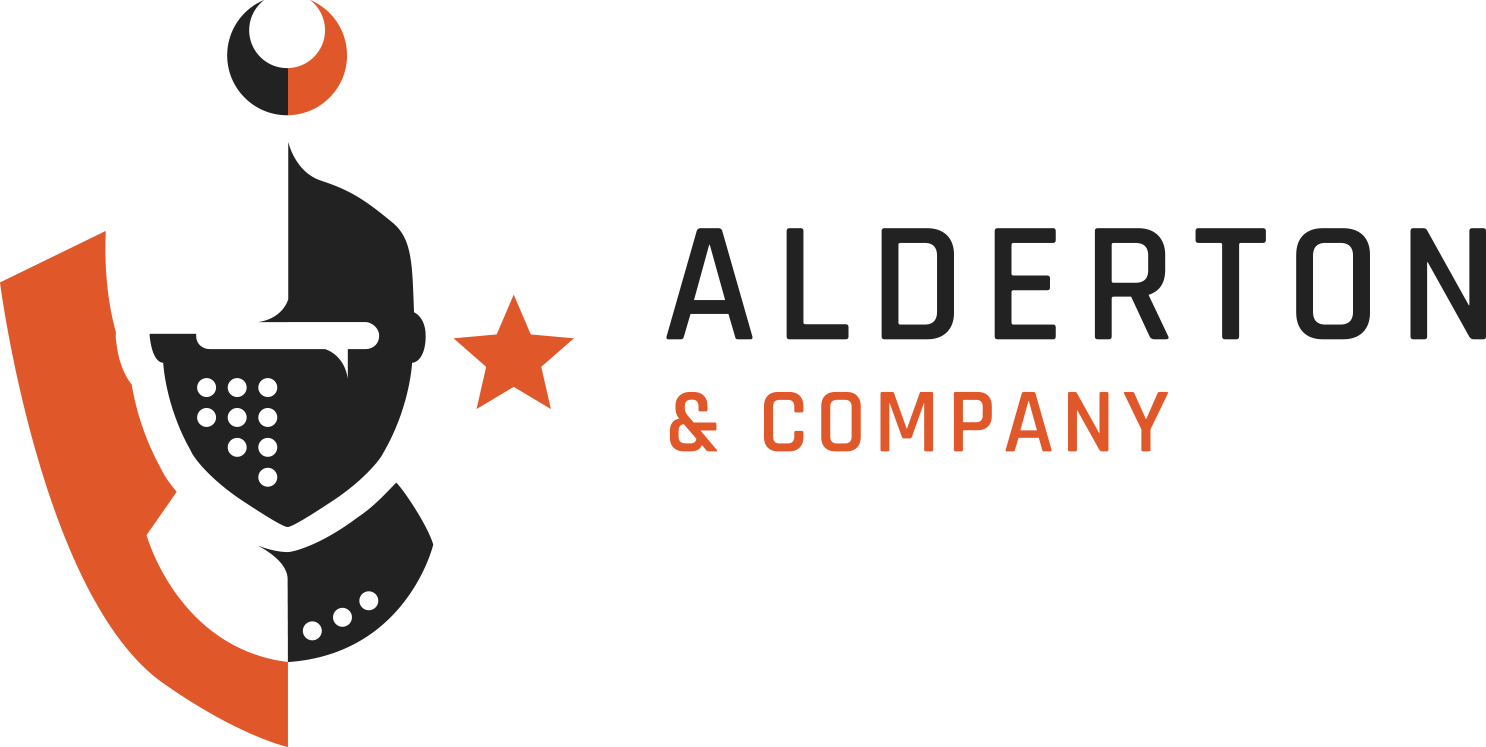
Partnerships: A Collaborative Approach to Business Ventures
October 28, 2024Talent Management and Succession Planning: A Strategic Imperative for Organizational Continuity and Growth


Organizations that fail to prioritize talent management and succession planning do so at their own peril. The ability to attract, develop, and retain top talent is no longer a luxury but a strategic necessity for achieving sustained success. Effective talent management and succession planning not only ensure a seamless leadership transition but also contribute to a more engaged, productive, and high-performing workforce.
The Critical Role of Talent Management
Talent management is a multi-faceted discipline that encompasses a series of interconnected strategies and processes designed to optimize an organization’s human capital. It extends beyond traditional recruitment and selection, encompassing performance management, learning and development, career development, and succession planning.
- Strategic Talent Acquisition: Attract the right talent by cultivating a compelling employer brand, utilizing diverse recruitment channels, and employing rigorous selection processes that identify candidates aligned with the organization’s values and goals.
- Performance Optimization: Implement robust performance management systems that provide ongoing feedback, coaching, and development opportunities. Regular performance reviews and goal setting create transparency and ensure alignment with organizational objectives.
- Continuous Learning and Development: Foster a culture of learning by providing employees with access to training programs, mentorship, and on-the-job experiences that facilitate skill enhancement and professional growth.
- Career Pathing and Advancement: Develop clear career paths and offer opportunities for advancement to retain high-performing employees and cultivate a pipeline of future leaders.
- Succession Planning: Identify and develop potential successors for critical leadership roles, ensuring a smooth transition and minimizing disruption during leadership changes.
The Strategic Significance of Succession Planning
Succession planning is a forward-thinking approach to leadership development, ensuring that organizations have a pool of qualified and prepared individuals ready to assume key positions when needed.
- Critical Role Identification: Identify crucial leadership roles that are essential for the organization’s continued success and stability.
- Talent Assessment: Conduct thorough evaluations of current employees’ skills, competencies, and leadership potential to determine their suitability for future roles.
- Leadership Development: Invest in targeted training and development programs to prepare identified individuals for the challenges and responsibilities of leadership.
- Succession Plan Implementation: Create and maintain a formalized succession plan that outlines potential successors for each critical role, along with the development actions required to ensure their readiness.
The Interplay Between Talent Management and Succession Planning
Talent management and succession planning are closely intertwined. Effective talent management practices provide the foundation for a strong talent pipeline. By identifying and developing high-potential individuals, organizations can build a robust succession plan.
Realizing the Benefits
A well-executed talent management and succession planning strategy delivers significant benefits:
- Mitigated Risk: A readily available pool of qualified leaders ensures minimal disruption and business continuity during transitions.
- Employee Engagement and Retention: Investing in employee development and providing clear career paths fosters a sense of value and purpose, leading to increased engagement and retention rates.
- Enhanced Organizational Performance: A strong leadership pipeline guarantees that the organization has the talent it needs to achieve its strategic objectives, fostering growth and innovation.
- Competitive Edge: Attracting and retaining top talent in a competitive market can differentiate an organization and contribute to its long-term success.
- Cost Efficiency: Reduced turnover and decreased reliance on external recruitment translate to significant cost savings.
Best Practices for Talent Management and Succession Planning
- Identify Critical Roles: Determine the key positions that are essential to the organization’s success.
- Assess Talent: Evaluate the skills, knowledge, and potential of existing employees to identify high-potential individuals.
- Develop Talent: Provide opportunities for training, mentoring, and coaching to develop talent.
- Create a Succession Plan: Develop a detailed plan for filling critical roles, including identifying potential successors and developing their skills.
- Monitor and Review: Regularly review and update the succession plan to reflect changes in the business environment and employee performance.
- Communicate Effectively: Communicate openly and honestly with employees about career development opportunities and succession plans.
Leveraging Technology
Technology plays an integral role in streamlining talent management and succession planning processes. Talent management systems, data analytics, and social media platforms facilitate effective recruitment, performance tracking, employee development, and employer branding initiatives.
Conclusion
Talent management and succession planning are not just HR functions but strategic imperatives that shape an organization’s future. By prioritizing these proactive strategies, businesses can build a resilient workforce, foster a culture of continuous learning and development, and ensure a seamless transition of leadership, ultimately positioning themselves for sustained growth and success in an increasingly competitive landscape. The time to invest in talent management and succession planning is now.



